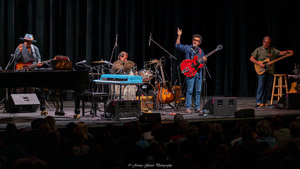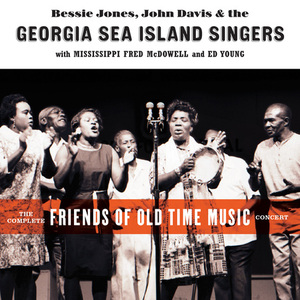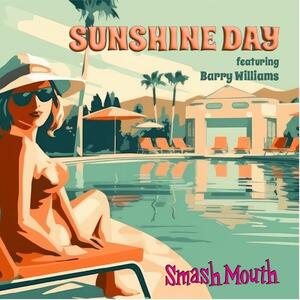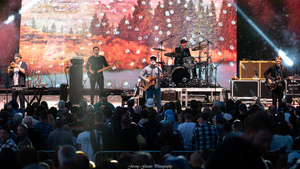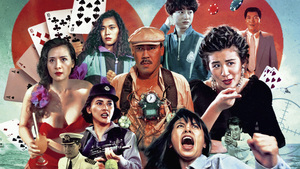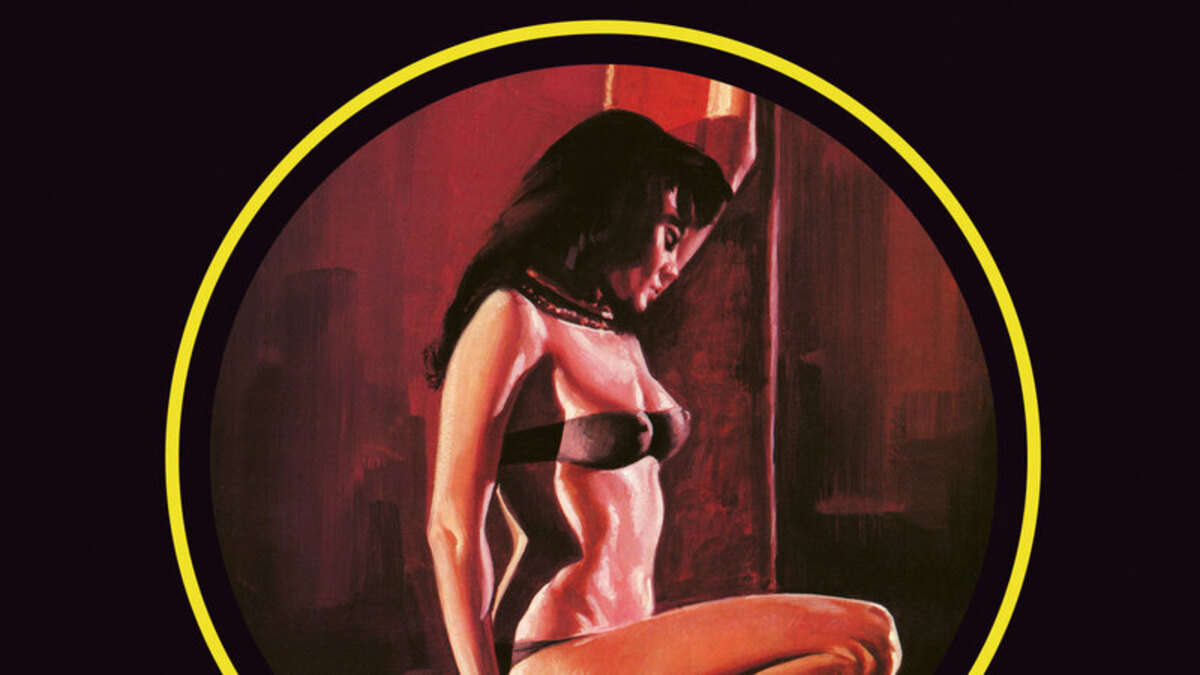
Giallo Essentials: Black Edition
directed by Silvio Amadio, Francesco Mazzei, Giuseppe Bennati
Arrow Video

It may seem counterintuitive for a series entitled Giallo Essentials to release a trio of lesser-known films, but in understanding the genre or style of giallo [“yellow,” Italian crime thrillers], it is essential to realize there is much more to it than the uber stylish, black-gloved killers of Dario Argento and the brand of giallo that captivated the world in the wake of his revolutionary The Bird with the Crystal Plumage in 1970.
• •
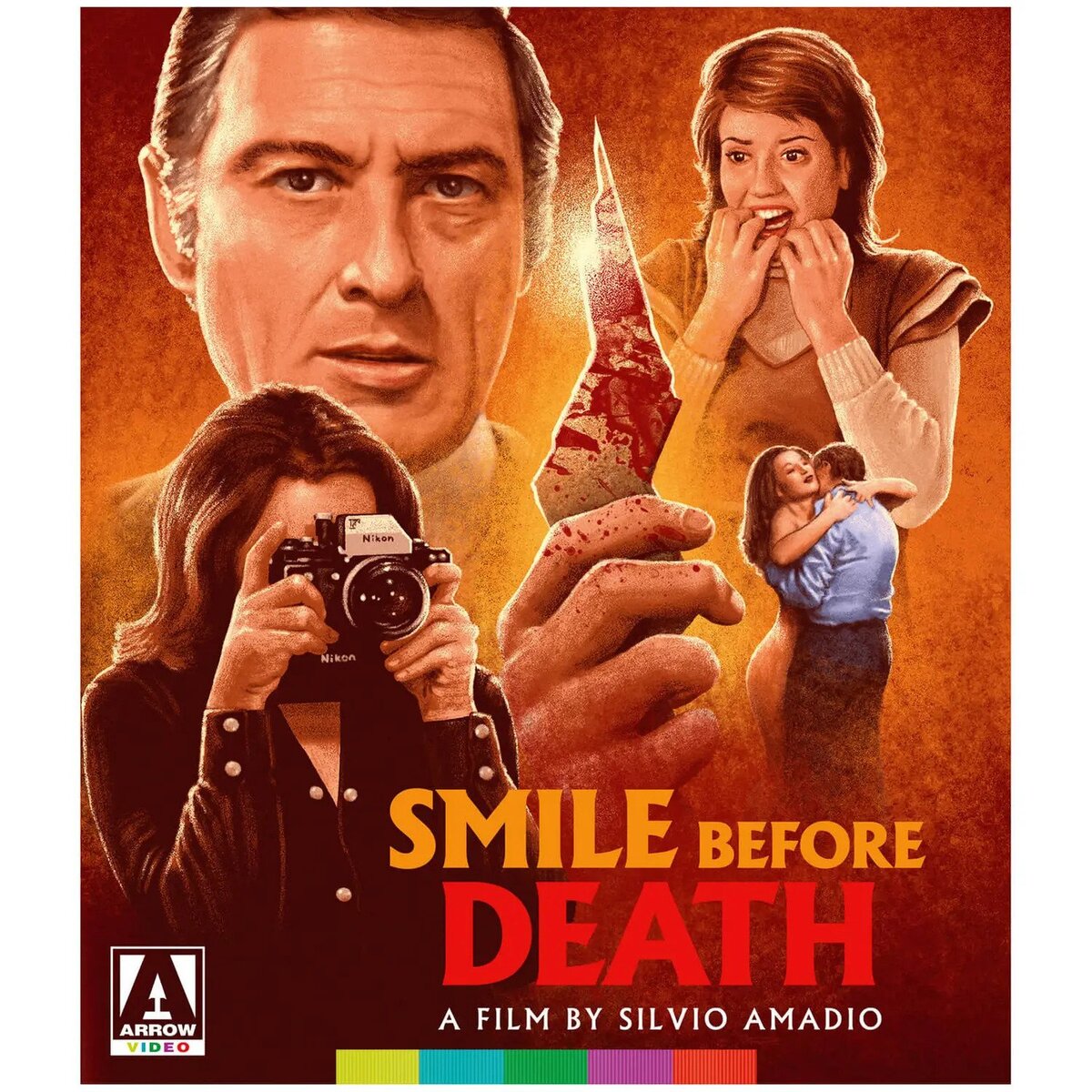
Smile Before Death
As proof that Italian giallo films are not all about black-gloved killers stalking the beautiful women outside posh nightclubs, I give you Silvio Amadio’s Smile Before Death. While every bit a giallo film, on its surface it’s quite different from The Bird with the Crystal Plumage or The Case of the Scorpion’s Tail, stereotypes for the genre. Just as all film noir is not about private eyes with first-person, voiceover narration, not all giallo films are the same. Smile Before Death favors a playful, sexy tone over overt mystery and body counts.
Following the apparent suicide of her mother, Nancy (Jenny Tamburi) returns home from boarding school to stay with her stepfather (Silvano Tranquilli) and his mistress, Gianna (Rosalba Neri). Nancy has control of her mother’s estate, and her father and Gianna are determined to wrest control of the money away from the teenage girl, but she isn’t as innocent as she appears. For a film about murder, revenge, and extortion that isn’t satirical, this is a surprisingly light tone for a story. The film knows what it’s doing, delivering copious nudity, graphic violence, and a final act that unspools twist upon twist, wrapping up this joyously sexy and perverted romp. The schoolgirl sexy pop song that plays over the main credits and much of the film and Nancy’s character as a doe-eyed Lolita ready to give in to hedonism as soon as it’s offered really set the tone for the film. As soon as she arrives at the villa, she is coaxed out of her clothes and in front of Gianna’s camera. Soon jealousy creeps in-between Gianna and Marco as they both seduce Nancy in an attempt to get control of her mother’s estate. As this plays out, Nancy is befriending her mother’s housekeeper, Magda (Dana Ghia) as part of her search for the truth about her mother’s death. As the stakes get higher and the literal knives come out, it appears everyone underestimated Nancy, as she is not quite who they assumed.
Although the last fifteen minutes when all the machinations of the plot are revealed make a satisfying ending, let’s not be fools. What everyone really takes away from this film is the mad style, the beautifully photographed nudity of Rosalba Neri and Jenny Tamburi, and the cutesy song that makes up more than half the soundtrack. The song and others like it are common in Eurocult movies, but they rarely take up so much space on the soundtrack—in this case a make or break situation. If you’re down with the song, you’re probably tapped into the vibe of this film. If you’re annoyed before the credits are finished, the next 90 minutes are probably not going to be kind to you.

The Weapon, the Hour, and the Motive
For a Eurocult fan, The Weapon, the Hour, and the Motive has everything your sleazy little heart could desire: a fornicating priest, sexy self-flagellating nuns, a creepy kid, spooky old buildings, and a clueless detective who cannot grasp the horrors he is investigating. The title refers to the three elements needed to solve a murder, and the solution is going to take the characters and the audience on a journey into the unexpected in this criminally underseen giallo from director Francesco Mazzei, his only film.
Handsome young priest Don Giorgio (Maurizio Bonuglia) is having an affair with not one, but two beautiful women. He foolishly calls it quits with both Giulia (Eva Czemerys) and Orchidea (Bedy Moratti) on the same day, and in a surprise to no one, winds up dead in the chapel of the convent he pastors. Police inspector Franco Boito (Renzo Montagnani) investigates the crime, but his relationship with Orchidea complicates the case and blinds him to the crime’s sole witness, the convent’s young orphan, Ferruccio (Arturo Trina). As possible suspects fall away, can Boito come to grips with the reality of the case, however horrific it is?
Unlike the standard urban glitz of a lot of giallo, Francesco Mazzei shies away from Rome, Milan, or Turin, and instead makes a pastoral giallo set in a grubby, lived-in reality. This is hardly unique, but Mazzei makes great use of his settings, especially the wonderfully creepy convent that takes on extra menace when viewed from Ferruccio’s point of view. It isn’t much of a stretch to view the decaying convent as a metaphor for the Roman Catholic church, especially when contrasted with the sun-dappled garden parties held next-door at Orchidea’s home.
The Weapon, the Hour, and the Motive is pretty unique in having a member of clergy as the main murder victim. There are plenty of murderous clergy in giallo and Eurocult cinema, but far fewer are murder victims, and despite beautiful and often nude nuns, this film feels less nunsploitation than you might expect. Despite temptations, these brides of christ are dutifully chaste, especially in comparison to their secular counterparts Orchidea and Giulia.
Giallo films are notorious for long and often nonsensical titles that can make them difficult to remember. Film critic and author Alexandra Heller-Nicholas kicks off her audio commentary by rechristening The Weapon, the Hour, and the Motive as “Who Killed the Horny Priest?” and I will never be able to shake that from my brain. Since this is an Alexandra Heller-Nicholas project, you can expect some weighty analysis, and this time it comes in an examination of this film as a reflection of tumult both in Italy and the Catholic church during the so called Years of Lead, when Italy saw a period of political upheaval and terrorism in the wake of the 2nd Vatican Council (1962-1965), and the impact on both Italian culture and giallo cinema. Far from being off subject, Heller-Nicholas’ commentary grounds the film in the reality of its time and illustrates how even a film that isn’t overtly political is still affected by society and the time it was made.
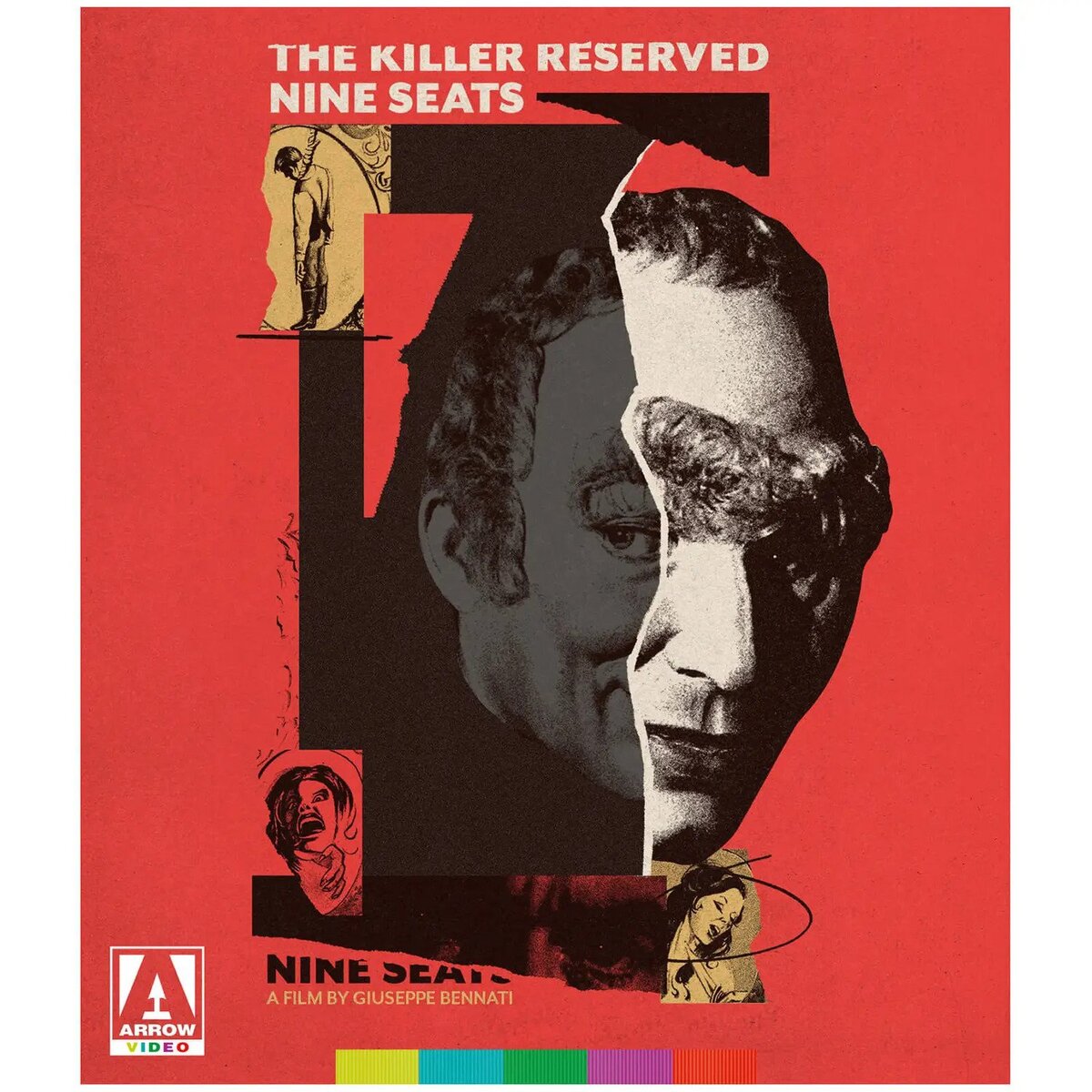
The Killer Reserved Nine Seats
For years, one of the films near the top of my “films that need a Blu-ray release” list was Giuseppe Bennati’s 1974 gothic/giallo mashup The Killer Reserved Nine Seats. The wish has been fulfilled in a gorgeous disc with nice supplements as a terrific cornerstone to the Giallo Essentials: Black Edition.
Although giallo films are largely considered to be an urban set style, there are a number of films I like to refer to as old dark-house giallo which take place in one, usually opulent location with a number of people being knocked off by an unknown killer. They are naturally indebted to Agatha Christie and the old dark-house plays and films like The Cat and the Canary (1927). In this case, the stately mansion has been replaced by an insanely gorgeous and isolated opera house. The guests arrive at the empty theater as part of a birthday party and soon find themselves locked in and under attack. As the murders continue, the members of this group spill their dirty secrets and turn their knives on each other until they realize that something more sinister than blackmail and revenge is afoot.
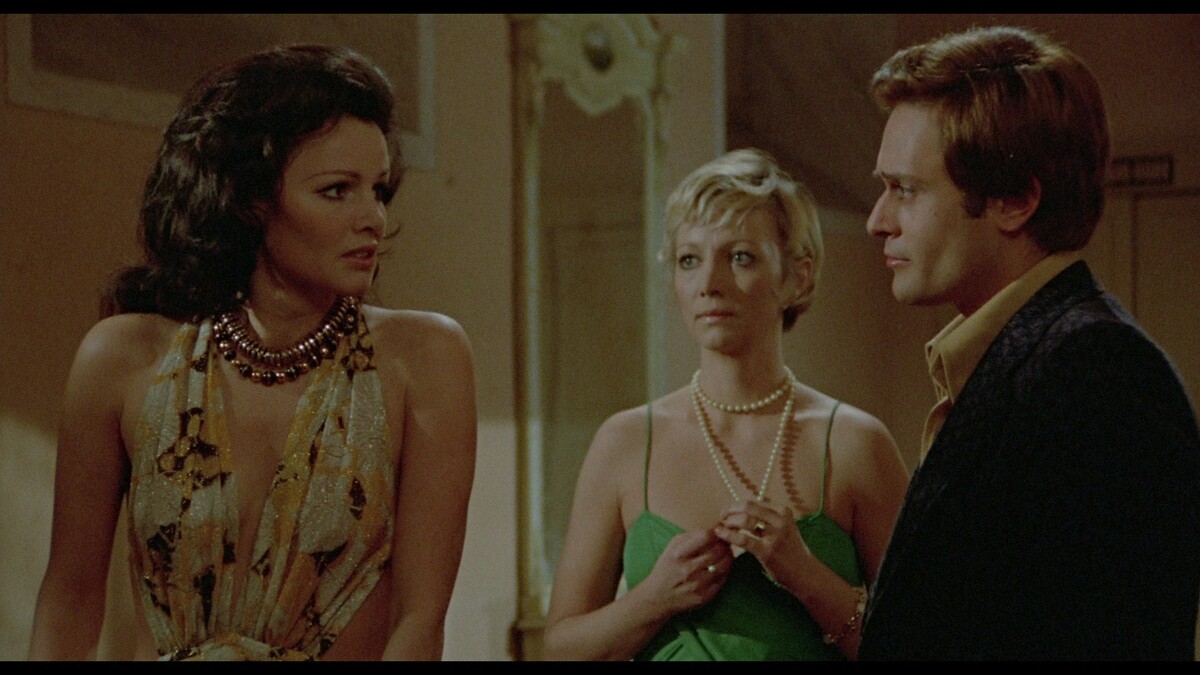
In case you’re concerned about the film not being sleazy enough, after the reveal of the brutal crucifixion of Rebecca and Doris, while some party members attempt to chop down doors to escape, one of the women retreats to a dressing room to dance nude in front of a mirror. In addition to the gratuitous nudity, there is the little matter of the violence which is fittingly operatic, most notably in the deaths of lesbian couple Rebecca (Eva Czemerys) and Doris (Lucretia Love), whose bodies are desecrated and literally put on stage. Their deaths are grisly even for hardened horror fans, and the shot of the semi-crucified Rebecca with her lover’s broken body laid next to her is one of the most iconic of the genre. Though it is underseen and under-appreciated, that shot resonates even with people who have never seen the film.
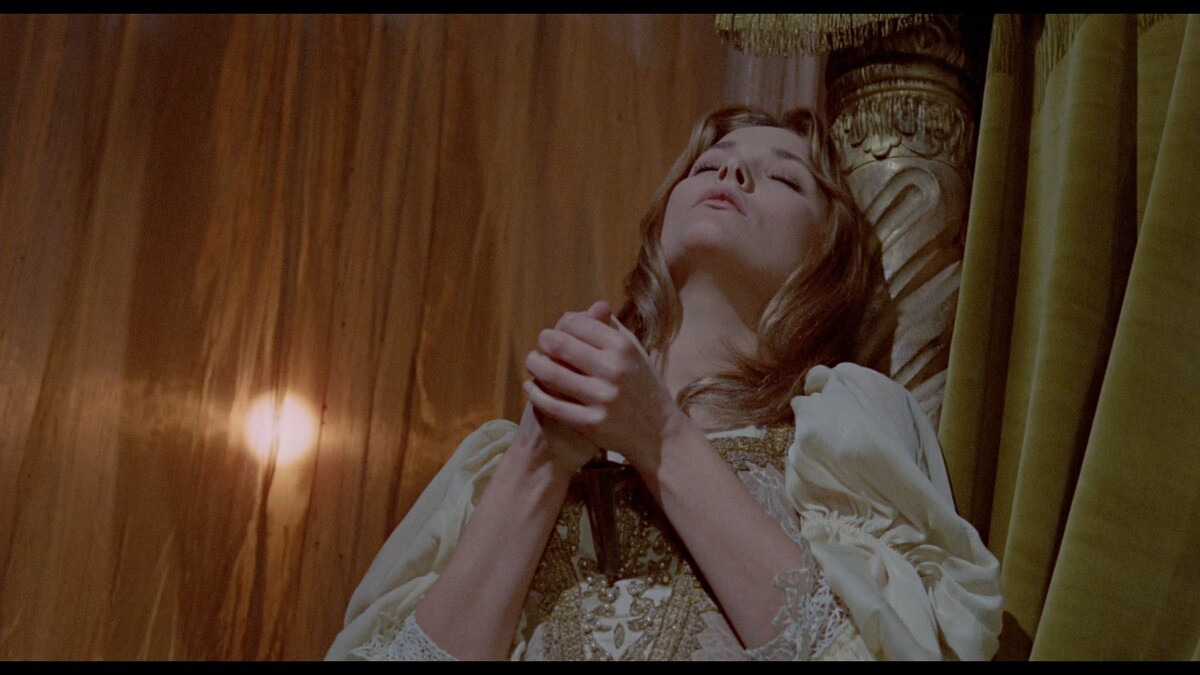
Kat Ellinger, director of Orchestrator of Storms: The Fantastique World of Jean Rollin, provides an insightful and passionate audio commentary for the film, where she starts off attempting to define giallo, especially in light of recent cultural debates on the subject. Ellinger instantly identifies the film’s gothic foundations as well as a prime example of the “giallo fantastico,” a small subset of these pulp thrillers that flirt with elements of the supernatural. There are a couple older interviews and the requisite trailer rounding out the disc for this long-awaited film.
• •
The films included on Arrow Video’s Giallo Essential: Black Edition on the surface have little in common, but they all work together to show the breadth of giallo style and house-based giallo where the main location, be it villa, convent, or opera house, functions as a main character. These settings work to isolate the action, which escalates the tension, giving the characters little chance of escape or rescue from outside, thus raising the stakes for the audience. These films are essential to understanding why the giallo, intended as disposable entertainment, still resonates decades later.


